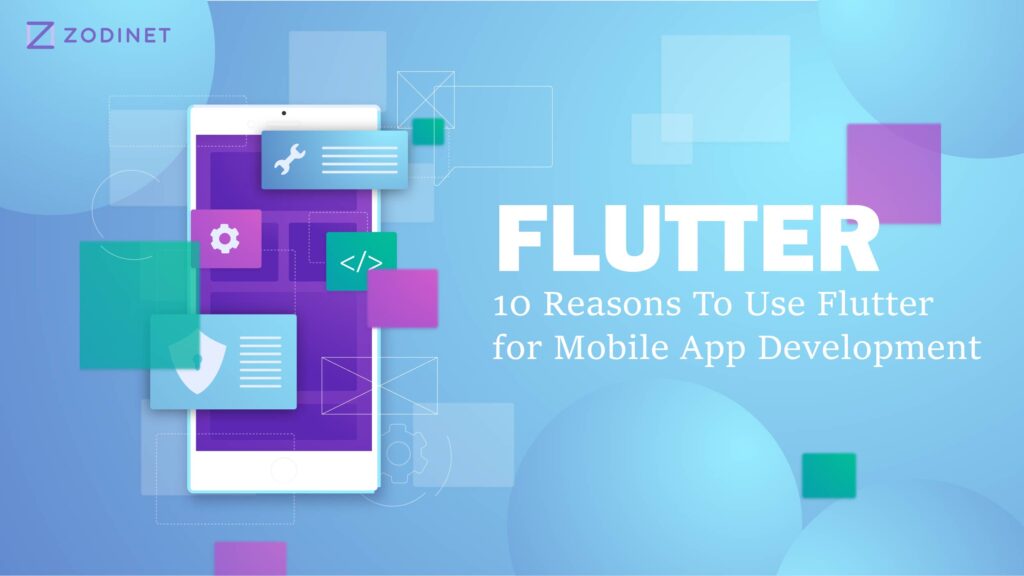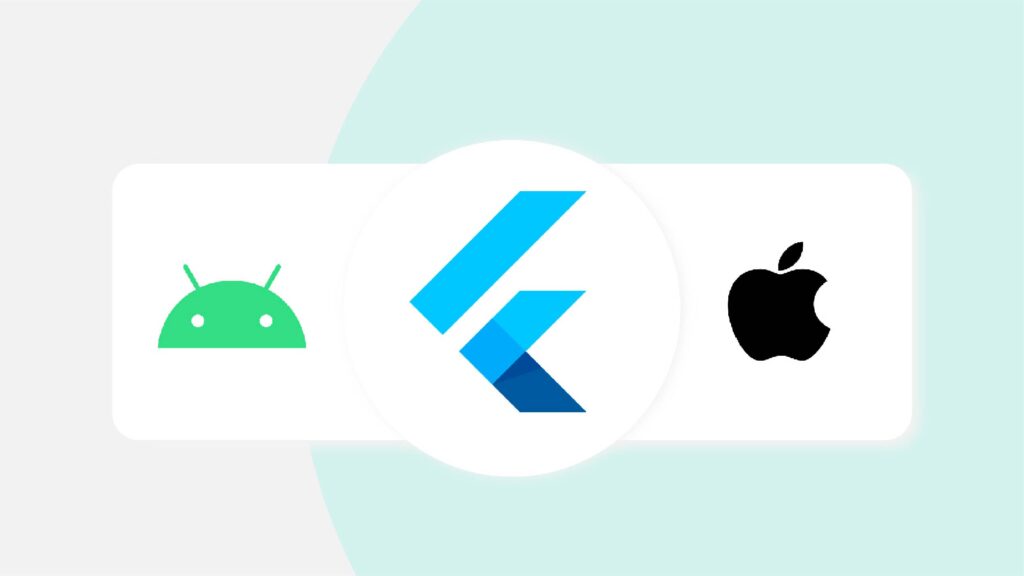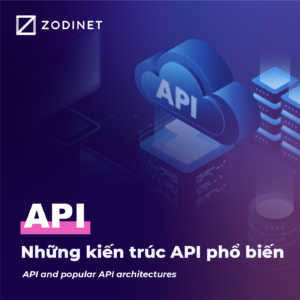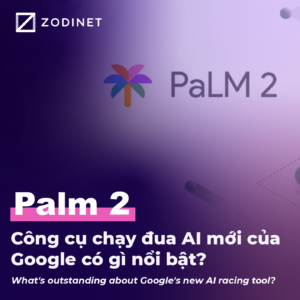
What is Flutter?
Flutter is a software development kit (SDK) for building modern applications with source code created by Google. Flutter is known for solving two typical problems in mobile app development: Fast Development and Native Performance. As a cross-platform SDK, Flutter apps can run on both iOS and Android.
Programming language of Flutter: DART. Although not a stranger to the technology and programming world, DART has not been widely used despite its many recognized advantages.
Let’s find out why Flutter is increasingly popular and widespread!
10 reasons to use Flutter
1. Rapid software development with open source and free:
Flutter is an open-source UI Framework of Google that allows developers to quickly create mobile apps on both Android and IOS by using a codebase. Besides, you can easily test, build user interfaces, add features, and fix errors faster thanks to the statefull hot reloading feature.
2. Beautiful user interface:
Flutter uses intuitive utilities, structures, platforms, and exclusive interactions. Satisfy users with beautiful built-in widgets, rich motion-supported animation libraries, smooth natural scrolling, and responsive cross-platform.
3. Access to native features and SDK:
Your apps will come alive with third-party SDKs, platform APIs, and native code. You can reuse your Swift, Java, Objective-C code while accessing native features and SDKs on both Android and iOS platforms.
4. Cost savings by Flutter:
With Flutter, developers are supported to create apps more quickly. Therefore, the process of debugging, repairing, and testing is also pushed faster, saving time and development costs.

6. DART is more versatile and user-friendly than we think:
DART is a static type language so it is AOT (Ahead of Time), and it is also JIT (Just in Time) like other dynamic type languages. Additionally, DART has good stability, used to build high-performance real-time applications.
7. Easy information transmission:
Flutter can quickly understand and communicate with native modules through the native interface. Thanks to this factor, developers can write native modules more naturally and easily.
8. High application performance:
It can run mobile emulation right on the web, convenient for development. Supported performance index measuring tools help programmers control the performance of the application well.
9. Growing user community:
Currently, the user community and research on Flutter are growing strongly. You can proactively search and share useful knowledge for using Flutter on communities. Some Flutter development communities that you can refer to are:
- Flutter Awesome: You can update daily lists of the best Flutter libraries and tools with examples, application templates, advice, …
- Awesome Flutter: This is a GitHub repository and is linked to Flutter Awesome with a list of different videos, articles, components, utilities, …
- It’s all widgets: Includes many open lists for apps created with Flutter.
- Flutter community on Medium (Flutter-community): A community that helps provide you with articles and guides related to using Flutter.
10. Official support from Google:
Because Flutter is an application developed by Google, it receives a lot of favor from this “big brother”. It is supported by a community of over 1,000 developers who are always willing to help and make Flutter better.

Comparison between Flutter and React Native
1. Language
- Flutter: written in DART – an object-oriented programming language by Google. Although not widely used like Java or React Native, DART has many outstanding features such as supporting both JIT and AOT, supporting cross-platform via DART virtual machine, …
- React Native: written entirely in JavaScript. This is also a strength of React Native because JavaScript is one of the most popular and widely used programming languages today.
2. User interface
- Flutter: Uses beautiful widgets according to Material Design and Cupertino, diverse APIs to build app programming interfaces, natural scrolling to satisfy user needs.
- React Native: Uses rich collections to build UI in Android / iOS, helping to create beautiful user interfaces for applications.
3. Performance
- Flutter is built with C/C++ and Dart, making it suitable for building high-performance applications. It also supports many hardware acceleration features, such as Skia, to improve application performance.
- React Native: React Native uses native components (UI) to create the application’s user interface, helping to speed up app loading. And this user interface ensures that the application runs smoothly and quickly. However, communicating with native via bridges makes react native slower to develop and run than Flutter.
4. Popularity:
- Flutter: Although very popular with developers, Flutter is less popular than React Native because Dart is a relatively new language. However, this is also a plus point for C++ and Java developers.
- React Native: The “big brother” in the mobile app development world always maintains its top position in popularity and is supported by a large community. According to a recent survey by StackOverflow in 2019, 62.5% of developers prefer React Native.
With years of experience in developing mobile applications using Flutter, Zodinet has provided its clients with numerous solutions and digital products in various fields. Check out Zodinet’s projects HERE



